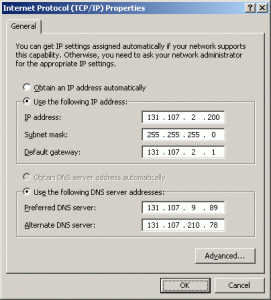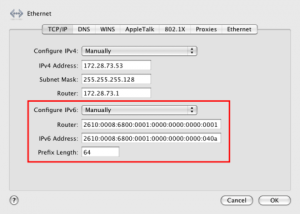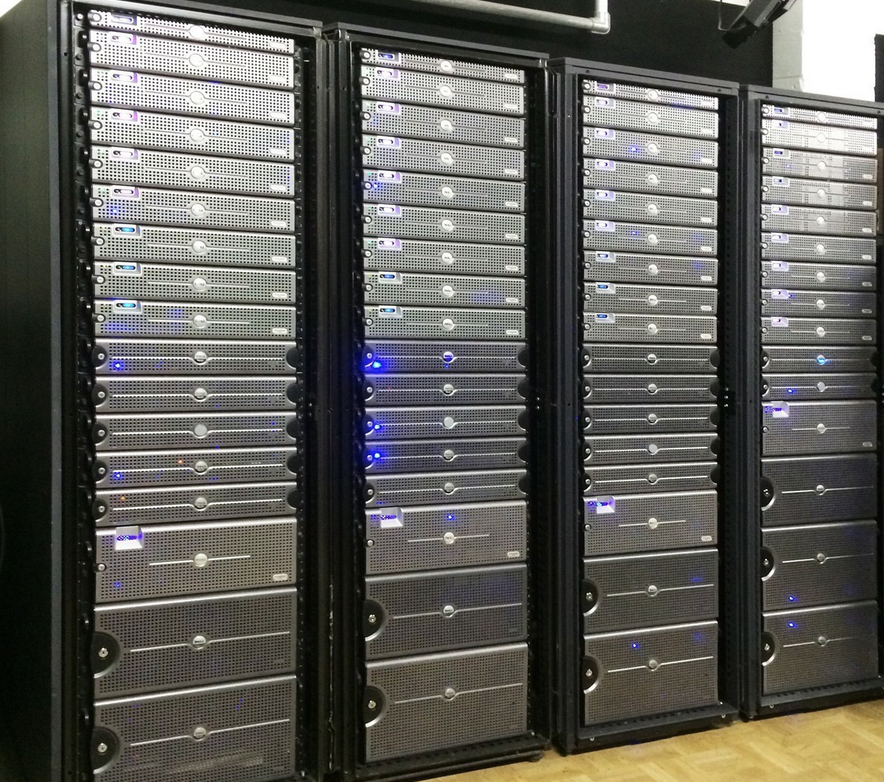Good Morning! Please grab a cup of coffee and settle in for our next topic. We are taking a break from our previous topics on shared hosting and dedicated hosting. Today we are going to talk about “internet protocol” or simply, IP. Most importantly, this is not a made up term. It is the basics of what makes the internet work. The internet is a bunch of wires connecting one computer (node) to another. Wires can be physical cables, fiber optics, satellite or radio connections. Besides that, the internet is such a necessary utility humans have figured out how to get services in some of the most remote regions. We have even brought voice and data services to rural Vermont. Most importantly, to dairy farmers where previous connectivity was thought to be impossible. Finally, let’s get to the fun stuff.
- IPv4

Internet Protocol version 4 is the most common form of the protocol and widely used today. This protocol is connection less and packet switched. Packet what? First of all, we have two main forms of moving packets around. Circuit switched and packet switched. Let’s look at circuit switched first. Let’s use Johnny and his grandma as an example. When Johnny picked up the phone to call grandma, they were connected with a pair of dedicated copper wires. For the duration of the call about his birthday – that pair of wires was his and his alone. In contrast, we have another technology called packet switched. This is the type of technology that the internet uses. In this example, Johnny sends two emails to grandma about his birthday. One of his emails is routed thru Chicago and another may be routed thru Denver depending on traffic. Pretty neat.
One of the biggest issues with IPv4 is address space. IPv4 uses 32bit addresses. Because of this, we have a total possible space of a little under 4.3 billion devices or nodes. While that might sound like a lot, think of how many devices are connected to the internet. Your TV or refrigerator might be one of those devices. Besides that, IPv4 has a very poor method of cutting up the address space. It is bulky and prone to inefficiencies. One company may be assigned a block of addresses and only use a handful leaving the rest unused and unavailable. IPv4 space is very scarce today.
- IPv6

Internet Protocol version 6 is the the sixth revision of IP and is the successor to IPv4. Similar to IPv4, IPv6 is connection less and packet switched. See my example above if you are confused about packet switched technology. IPv6 functions very similar to IPv4, it still provides unique, numerical IP addresses. Most importantly, it supports an address space of 128bit addresses. While IPv4 supports 4.3 billion addresses, IPv6 supports over 340 undecillion addresses. Yes, undecillion is a real word! Written out the address space is 340,282,366,920,938,000,000,000,000,000,000,000,000 addresses! Hopefully, enough addresses to keep the internet operation for a very, very long time.
Sounds great, right?! Why don’t we just switch? Well, we are! The change has been predicted and happening for years. Internet2 which is a high speed network used by many colleges and universities was built and runs on IPv6. Much of the web has been switched over, accessing these portions requires special gateways to exchange the data between the two protocols. While progress is slowly moving, the switch needs to happen soon in order for the web to function as it does today.
Thanks for reading. Stay tuned for a future post about NAT or network address translation, a technology which is helping to deal with the IPv4 shortage.

